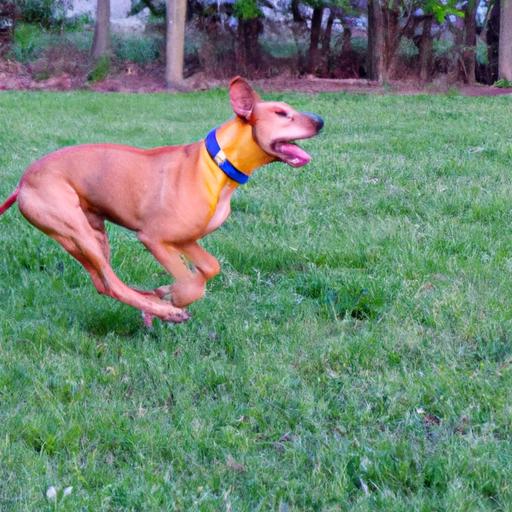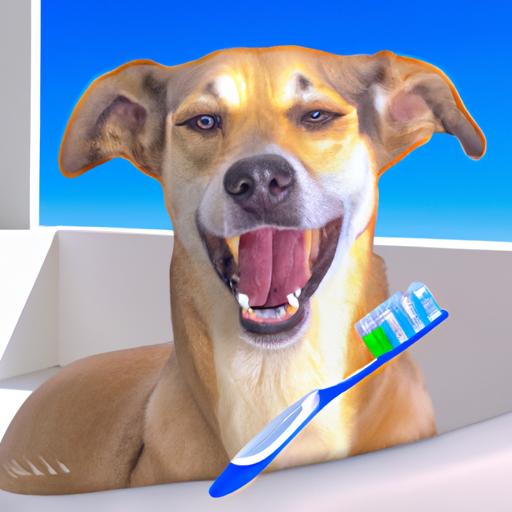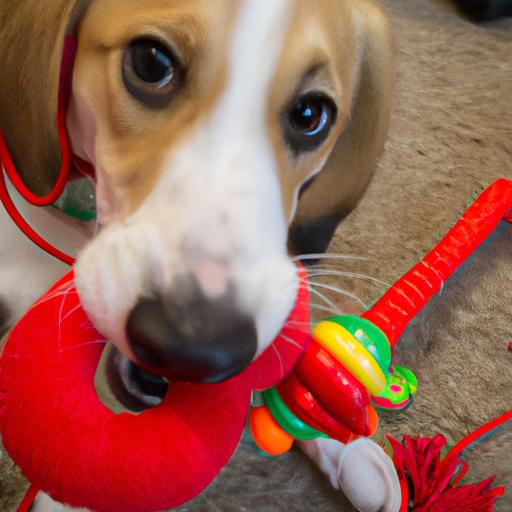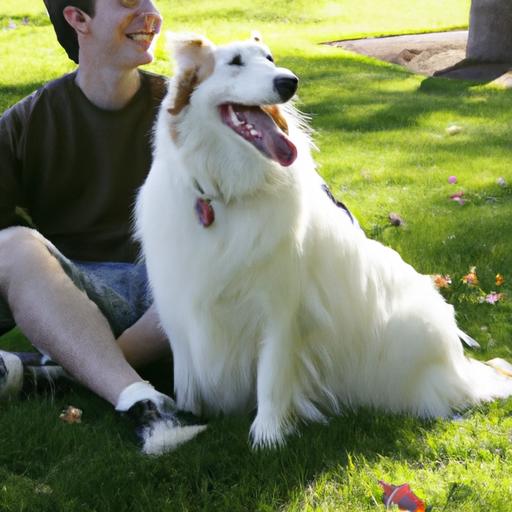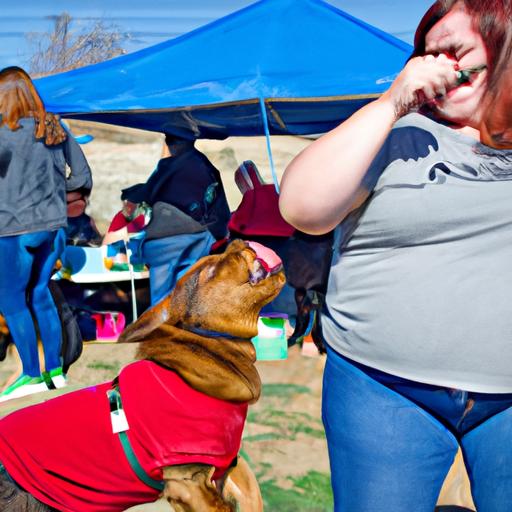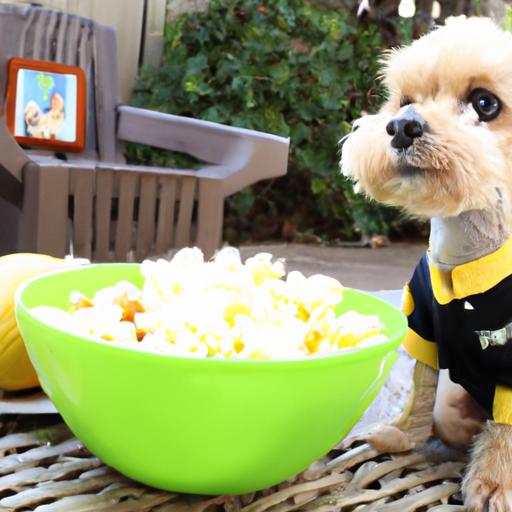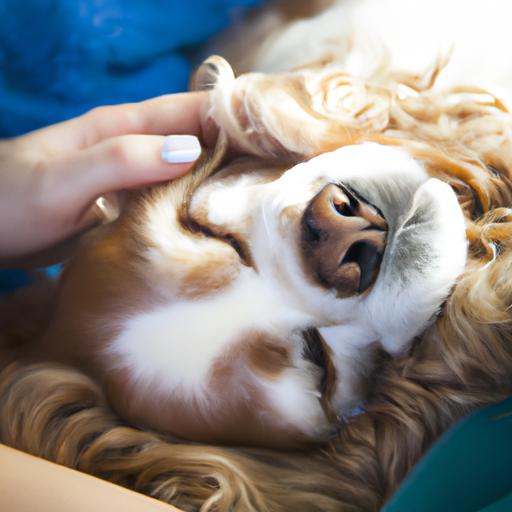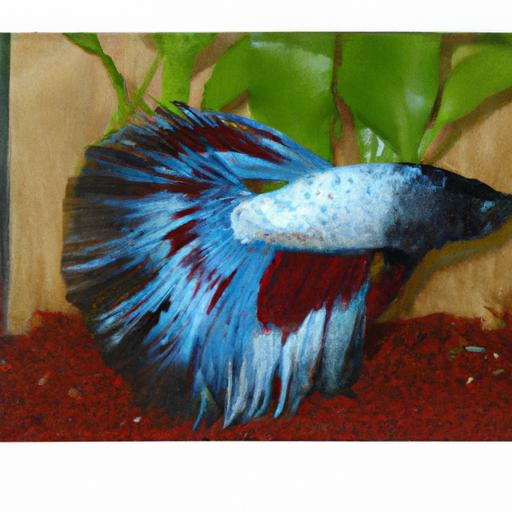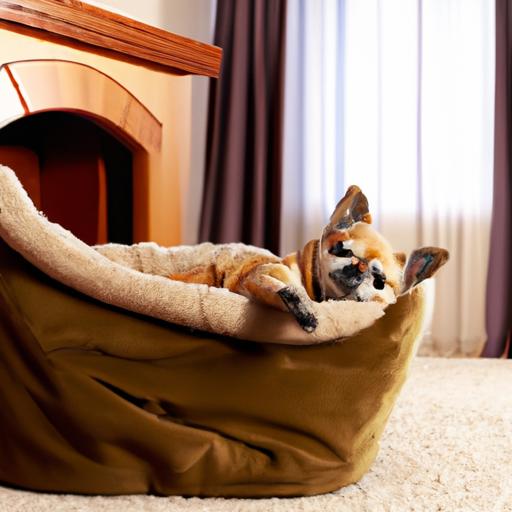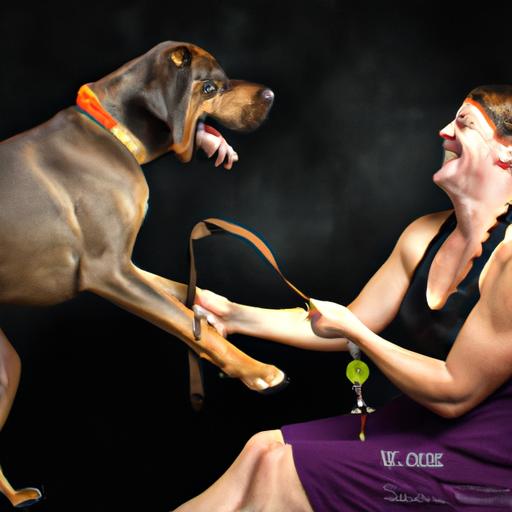
Teaching Your Dog to Enjoy the Vet Visit
Discover effective strategies to teach your dog to enjoy the vet visit. Learn how gradual exposure and positive reinforcement can transform their experience.
Introduction
Is your dog terrified of going to the vet? Many pet owners struggle with this common issue, but with a little patience and training, you can teach your furry friend to actually enjoy their vet visits. It’s crucial to create a positive experience for your dog, as regular vet check-ups are essential for their overall health and well-being. In this article, we will explore effective strategies and tips to help you transform your dog’s vet visits into a stress-free and enjoyable experience for both of you.
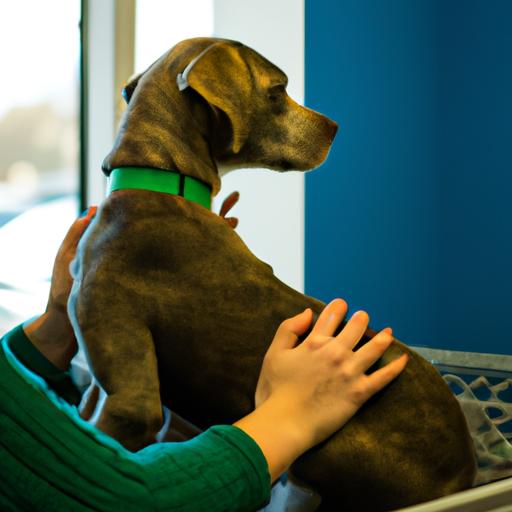
Tips for Preparing Your Dog for Vet Visits
Preparing your dog for vet visits involves gradual exposure to vet-related experiences and positive reinforcement training techniques. By following these tips, you can help your dog feel more comfortable and relaxed during their next vet appointment.
1. Gradual Exposure to Vet-Related Experiences
One of the best ways to acclimate your dog to the vet environment is through gradual exposure. Start by visiting the vet clinic with your dog without any appointments, allowing them to get familiar with the sights, sounds, and smells. This will help reduce their anxiety when they have an actual appointment.
Another effective technique is to schedule short visits to the clinic where your dog can interact with the staff in a positive manner. Encourage the vet and the staff to offer treats and praise to your dog, creating a positive association with the clinic. Gradually increase the duration of these visits to build your dog’s confidence.
2. Positive Reinforcement Training Techniques
Positive reinforcement is a powerful tool for training your dog to enjoy vet visits. Begin by associating positive experiences with vet-related activities at home. For example, touch your dog’s paws gently and reward them with treats or praise. This will help them become comfortable with paw handling during their vet visit.
You can also practice basic obedience commands, such as “sit” or “stay,” and reward your dog during the training sessions. This will not only improve their behavior but also build their trust in you and the vet.
3. Familiarizing Your Dog with Vet Equipment and Handling
Familiarizing your dog with vet equipment and handling can significantly reduce their fear and anxiety. Start by introducing your dog to the tools commonly used at the vet clinic, such as stethoscopes and syringes. Allow them to sniff and investigate these objects in a safe and controlled environment.
To simulate the vet examination process, gently touch different parts of your dog’s body, gradually increasing the intensity and duration of the touches. Reward them with treats and praise to create a positive association with these interactions. This will make the actual vet examination less stressful for your furry friend.
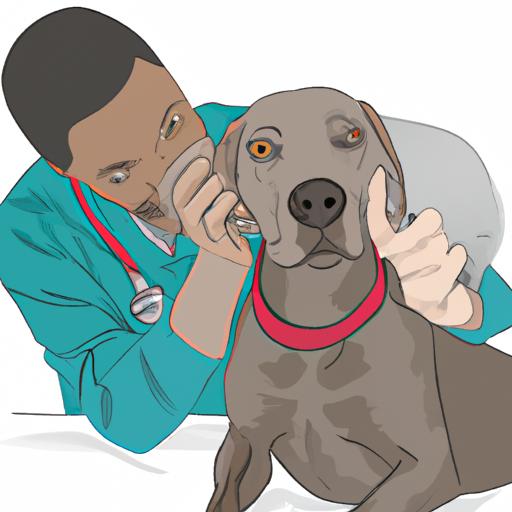
Common Concerns and FAQs about Vet Visits
As a pet owner, you may have some common concerns and questions regarding your dog’s behavior during vet visits. Let’s address them to ensure a smoother and more enjoyable experience for both you and your dog.
How to Handle a Fearful or Anxious Dog at the Vet
If your dog exhibits fear or anxiety at the vet clinic, it’s important to remain calm and patient. Avoid forcing them into stressful situations, as it may worsen their anxiety. Instead, work with a veterinarian who understands and accommodates anxious dogs. They can provide gentle handling techniques and may even recommend anxiety-reducing medications or natural remedies.
Using calming aids, such as pheromone sprays or anxiety wraps, can also help alleviate your dog’s stress. Additionally, distracting your dog with treats, toys, or engaging in simple training exercises can divert their attention from the unfamiliar environment.
What to Do If Your Dog Becomes Aggressive During a Vet Visit
Aggression during vet visits can be a challenging situation to handle. It’s crucial to prioritize the safety of everyone involved, including your dog, the vet, and the staff. If your dog displays aggressive behavior, inform the vet in advance so they can take necessary precautions.
Seeking the help of a professional dog trainer or behaviorist is highly recommended in such cases. They can assess your dog’s behavior and provide guidance on how to manage their aggression effectively. Remember, aggression is often a result of fear or discomfort, and addressing the underlying cause is essential.
How to Choose a Vet Who Understands and Accommodates Anxious Dogs
When selecting a vet for your anxious dog, it’s important to find a professional who understands their unique needs. Consider the following factors:
-
Experience and Reputation: Look for a vet with experience in handling anxious dogs. Seek recommendations from other pet owners or local dog training facilities.
-
Positive Environment: Visit the clinic beforehand to gauge the overall environment. An anxiety-inducing atmosphere can exacerbate your dog’s stress levels.
-
Communication and Empathy: Choose a vet who communicates effectively and shows empathy towards your concerns. They should be willing to take extra measures to make your dog comfortable.
-
Sedation Options: Inquire about sedation options, if necessary, and discuss the potential risks and benefits associated with them.
Remember, finding the right vet can make a significant difference in your dog’s overall experience at the clinic.
Conclusion
Teaching your dog to enjoy vet visits is a journey that requires patience, consistency, and positive reinforcement. By gradually exposing your dog to vet-related experiences, utilizing positive reinforcement techniques, and familiarizing them with vet equipment, you can transform their fear into a positive association.
Remember, a positive vet experience not only benefits the well-being of your dog but also strengthens your bond with them. So, start implementing the tips and techniques discussed in this article to ensure stress-free and enjoyable vet visits for you and your furry companion.
Teaching Your Dog to Enjoy the Vet Visit

